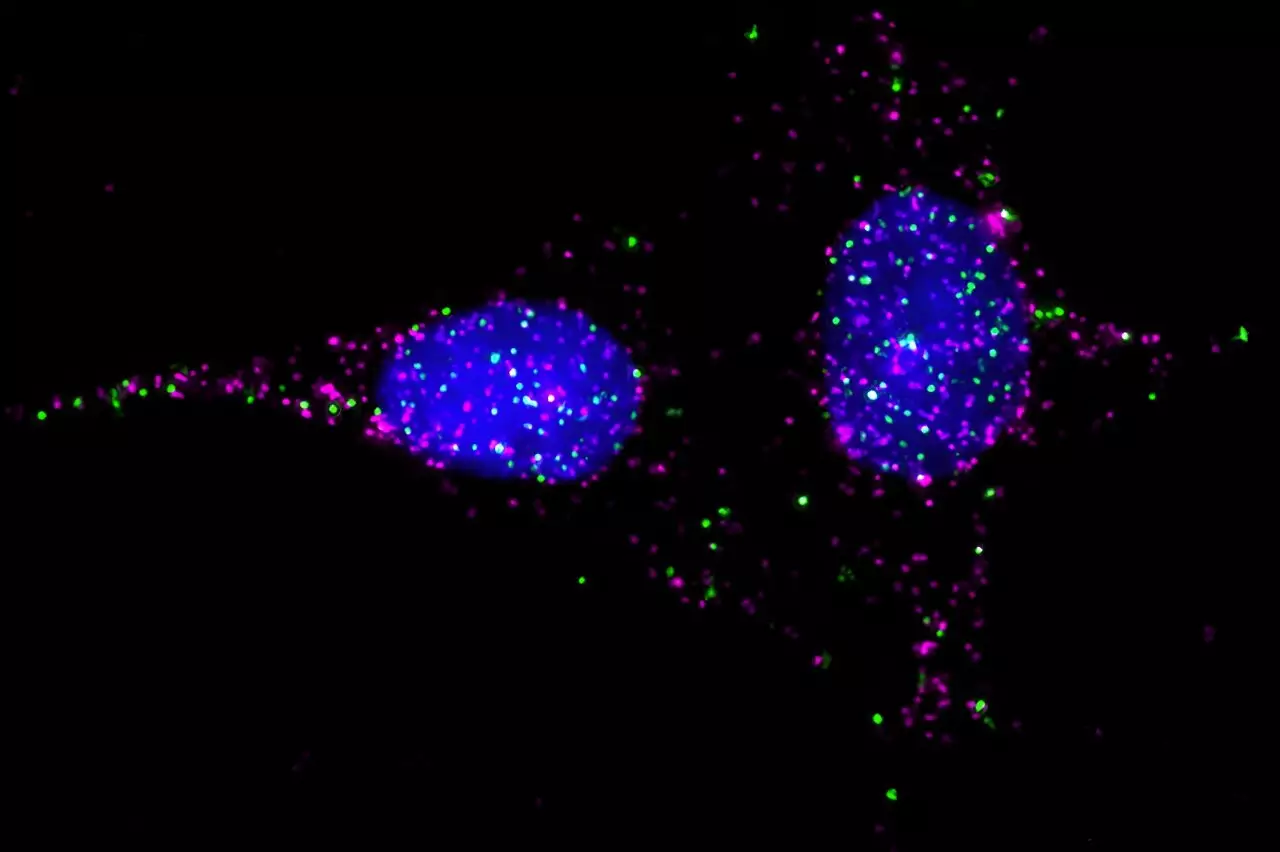The realm of pharmacology is nuanced; one of its most intriguing aspects is the role that G protein-coupled receptors (GPCRs) play in drug development. These receptors, located on the surfaces of human cells, are integral in mediating a wide array of physiological responses, from cardiovascular functions to immune responses. In fact, a staggering one-third of FDA-approved pharmaceuticals target GPCRs, underscoring their critical importance in medical therapy. However, the traditional perception of GPCRs as singular entities is evolving. Recent studies reveal that these receptors typically do not function in isolation; rather, they often form complexes with accessory proteins known as receptor activity-modifying proteins (RAMPs), which can significantly modify the receptors’ signal transduction mechanisms.
The enthralling discovery of GPCR-RAMP interactions has profound implications for our understanding of pharmacotherapeutics. RAMPs serve as facilitators for the translocation of GPCRs to the cell surface and can dramatically reshape how these receptors relay signals through conformational changes influenced by their environment. This newly recognized complexity challenges the validity of existing paradigms in drug efficacy. For instance, two cells may express the same GPCR and be targeted by the same pharmacological agent, yet the drug’s effect can manifest exclusively in one of the cells due to the presence or absence of a corresponding RAMP. This elucidates why certain medications perform inconsistently across varied biological contexts, a conundrum that has perplexed scientists and healthcare providers alike.
Recognizing the necessity to comprehensively map the dynamic interactions between GPCRs and RAMPs, researchers have embarked on an ambitious endeavor. By developing an innovative technique, a recent study published in *Science Advances* set the foundation for groundbreaking explorations in this field. The research comprises a catalog of interactions between 215 GPCRs and their potential RAMP partners, expanding our understanding dramatically and offering a vision for accelerated drug development pathways.
The technique harnesses a multiplexed approach that allows for the simultaneous analysis of multiple GPCR-RAMP combinations, saving time and resources in a traditionally labor-intensive process. This multiplexing capability marks a significant leap forward, as previous methodologies lacked the efficiency to assess the intricate web of interactions that exist between these biomolecules.
The incorporation of magnetic bead technology, colored with a spectrum of 500 dyes to facilitate interaction tracking, has empowered researchers to visualize binding events and recognize distinct GPCR-RAMP complexes in one integrated experiment. As Ilana Kotliar, the study’s first author, notes, this technological advancement allows for the exploration of receptor dynamics at an unprecedented scale, transforming how scientists study GPCRs and RAMPs.
Moreover, the output from such high-throughput screening is not just a technical feat; it also contributes to our fundamental understanding of GPCR biology. For instance, many orphan GPCRs—receptors whose natural ligands remain unidentified—could see their mysteries unveiled through this research. Taking stock of the specific RAMPs that engage with these receptors could catalyze further investigations aimed at identifying the intrinsic signaling mechanisms within cells.
With the comprehensive map of GPCR-RAMP interactions, scientists establish a crucial foundation for enhanced therapeutic strategies. One of the anticipated benefits of this work is improved drug design tailored to exploit nuanced receptor interactions, which could yield leads for previously overlooked therapeutic targets. The enhanced understanding of how RAMPs affect GPCR function promises a new frontier in pharmacotherapy, offering novel insights into conditions characterized by aberrant receptor activity—ranging from metabolic disorders to various cancers.
Furthermore, the catalogued data enables researchers to pinpoint the right antibodies for targeting specific GPCRs, streamlining the discovery of treatments for diseases where GPCRs play a crucial role. In practical terms, with a mouse click, researchers can now access a wealth of information regarding receptor partners, advancing the collective knowledge base available to tackle pressing health challenges efficiently.
This new investigative avenue engenders a paradigm shift in our understanding of drug-receptor interactions. As researchers dissect the functional roles of GPCRs and RAMPs more thoroughly, the promise of discovering more effective therapeutics becomes increasingly tangible. The innovative techniques unveiled by Kotliar and her colleagues not only illuminate the path forward for GPCR research, but they also signify a pivotal moment where collaborations, technology, and biological inquiry converge to redefine the future of drug development. The complexities of pharmacology may be daunting, yet they hold the key to unlocking revolutionary medical therapies that can save lives and improve well-being on a global scale.


Leave a Reply